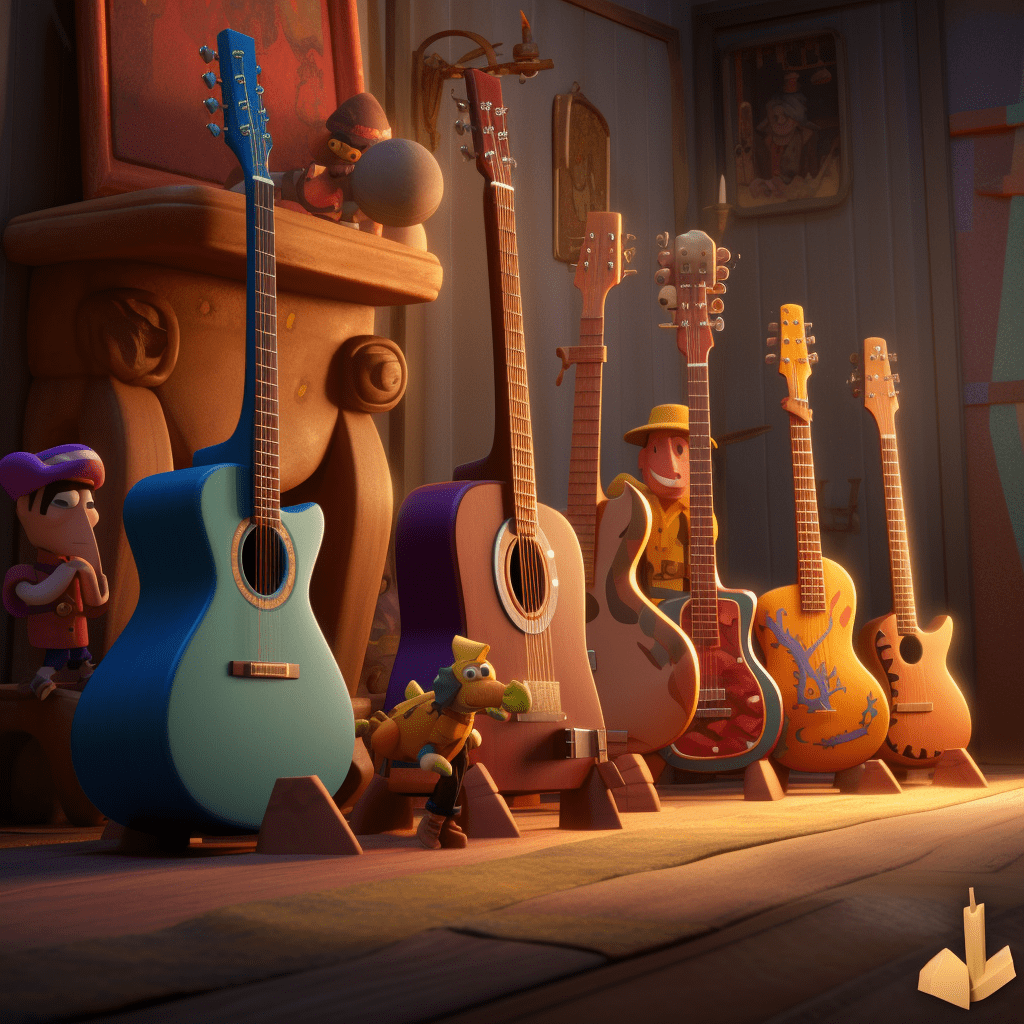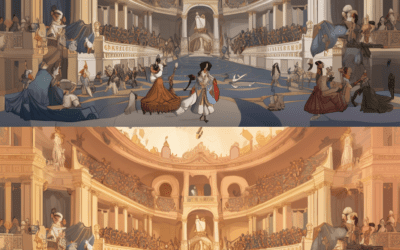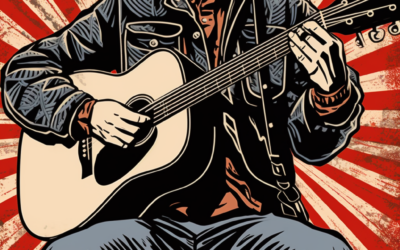How Did the Guitar Evolve Into the Instrument It Is Today?
The evolution of the guitar into the instrument it is today is a fascinating journey that spans centuries and encompasses various cultures. From its humble origins to its modern form, the guitar has undergone numerous changes and innovations, shaping its sound, design, and functionalities over time.
The Early Origins
The guitar’s origins can be traced back to ancient civilizations. Its ancestors can be found in instruments such as the tanbur, oud, and lute. These early stringed instruments were widely used in Mesopotamia, ancient Egypt, and other parts of the world.
The guitar as we know it today began to take shape during the Middle Ages. In Europe, the guitar’s predecessor, the lute, gained popularity among the nobility and musicians. It featured a rounded body, a flat soundboard, and multiple strings.
The Birth of Modern Guitar
The modern guitar as we know it emerged during the late 18th century. In Spain, the classical guitar, also known as the Spanish guitar, gained prominence. It featured six strings and a flat-backed body, allowing for greater resonance and projection.
In the early to mid-19th century, the introduction of the steel-string guitar revolutionized its sound and versatility. This innovation enabled guitarists to produce richer tones and play with greater volume. This development led to the popularity of folk, country, and blues music styles that heavily relied on the distinctive sound of the steel-string guitar.
The Electric Revolution
The electric guitar revolutionized the music industry in the early 20th century. Developed by inventors such as Adolph Rickenbacker and Les Paul, the electric guitar added a new dimension to the instrument’s sound and performance capabilities.
With the advent of amplification, electric guitars could produce louder and distorted sounds. This innovation greatly influenced the evolution of popular music genres such as rock ‘n’ roll, blues, and jazz. Guitarists could experiment with new playing techniques and produce a wide range of tones and effects.
Contemporary Innovations
Continual advancements in guitar technology and design have led to the creation of various guitar types and styles that suit different musical genres and playing preferences. These advancements include the introduction of different pickups, adjustable bridges, whammy bars, and digital effects.
Acoustic guitars have also undergone improvements, with luthiers experimenting with different tonewoods, bracing patterns, and body shapes to enhance resonance and projection.
The Guitar Today
Today, the guitar remains one of the most widely played instruments worldwide. It transcends musical genres, from classical to rock, pop to jazz, and everything in between. Its versatility, expressive capabilities, and evolving designs have solidified its place in contemporary music.
Guitar manufacturers continue to innovate and refine the instrument, producing models that cater to diverse playing styles and preferences. Whether it’s a traditional acoustic guitar, a versatile electric guitar, or a hybrid of both, the modern guitar offers an array of options for musicians of all ages and skill levels.
In conclusion, the guitar began its journey as a simple stringed instrument in ancient civilizations and evolved over time to become the versatile and iconic instrument it is today. From its early predecessors to the introduction of steel strings, electric amplification, and contemporary innovations, the guitar has adapted and transformed to meet the changing demands of musicians and musical styles. Its enduring popularity and widespread use are a testament to its timeless appeal and significance in the world of music.












